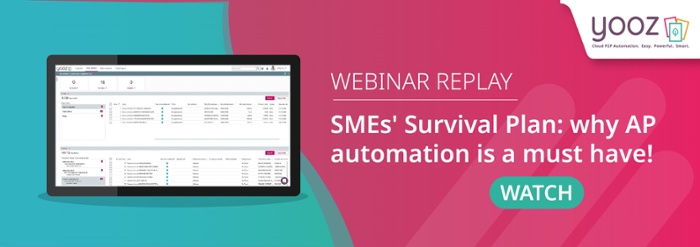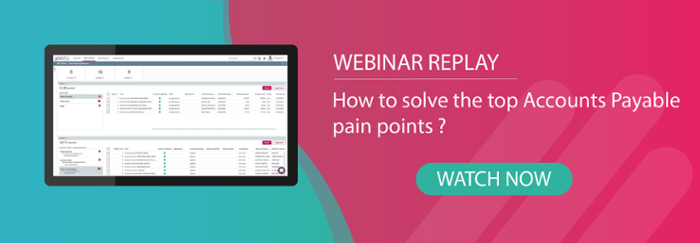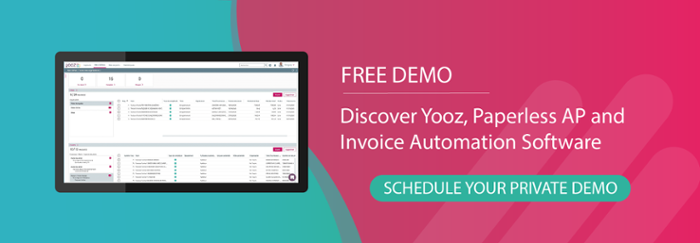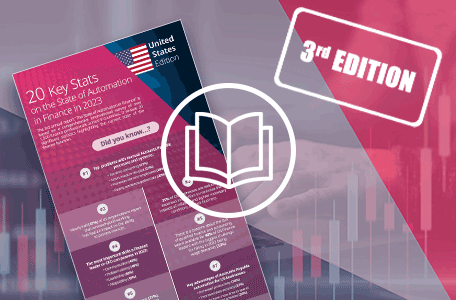In today's fast-paced business environment, automating your Accounts Payable (AP) process from procurement to payment is not just a convenience but a strategic imperative. CFOs are under increasing pressure to drive cost and time savings, demanding agility, scalability, and centralised repositories or platforms for their teams to operate efficiently.
Once in place, those organizations that have implemented the appropriate AP automation solution or procure-to-pay (P2P) technology can easily move from procurement to payment.
In this article, we'll focus on one crucial aspect of the AP process - Procure-to-Pay (P2P) - and explore how organizations can leverage digital technologies to optimise their operations, reduce costs, and improve outcomes.
But before we delve into the benefits and methods of automating your AP from procurement to payment, let's first establish what Accounts Payable automation encompasses and the various stages involved in the procure-to-pay cycle.
Defining the Accounts Payable process
The Accounts Payable (AP) process revolves around the payment of suppliers and vendors for goods and services procured by the company. While AP teams typically handle incoming bills and invoice data, they may also be involved in financial forecasting, budgeting, and spending strategy (depending on the nature and scale of the business).
Regardless of the specifics, the primary objective of any Accounts Payable process is to validate the accuracy and legitimacy of any outgoing payments to suppliers or vendors.
Distinguishing between Accounts Payable and P2P
It's crucial to differentiate between Accounts Payable automation and procure-to-pay automation.
Automating Accounts Payable inherently addresses procurement to payment because both are integral elements of the Accounts Payable process itself.
Conversely, procure-to-pay automation represents just one facet of the multifaceted daily responsibilities of an AP department.

Key stages in the procure-to-pay process
The procure-to-pay process is comprised of several stages, each one critical to the success of purchase and procurement:
1. Purchase requests
The procurement process begins when a need for a good or service is identified within the organisation. Once approved, procurement teams will select suitable suppliers or vendors based on company policy and cost criteria. They will then contact the supplier or vendor to obtain a quote.
2. Purchase order
Once the quote is approved, the procurement team creates a Purchase Order (PO) and forwards it to the vendor to initiate the purchase. These documents are automatically stored and recorded for budgetary tracking and auditing purposes.
3. Delivery and shipping receipt
The supplier or vendor will notify the organization of the goods being shipped and delivered. Typically, supply teams will cross-reference the goods received with the order in order to ensure accuracy, either accepting the delivery or raising a correction request with the supplier to rectify the mistake.
4. Invoice processing and matching
Upon receipt of the invoice, the organization - specifically the AP team - will manually enter the data and assign General Ledger (GL) codes.
These codes help businesses to classify and track financial activity. Think of it as a financial map that tells you where and what everything is. The idea? To create more accurate financial records.
5. Invoice approvals
Next, the AP team processes and matches invoices, sending them to their respective teams for approval. The stage can sometimes be time-consuming and a bottleneck due to the number of required approvals.
6. Supplier payment
Finally, once the invoices are reviewed and approved, payment is sent to the supplier through their chosen method. Timely payment is crucial as suppliers may offer early payment discounts.
Given the intricacies of these processes - from raising those purchase orders or a purchase requisition to ensuring suppliers are paid on time - manual execution is impractical at best.
Fortunately, there are tools available to automate the entire procure-to-pay process.
Learn how you can ensure your year is successful with complete purchase-to-pay automation.
Tools for automating the P2P process
Procure-to-Pay (P2P) automation offers a straightforward yet invaluable solution for every organisation. For example, it empowers finance teams to scale rapidly, automating invoice processing and data entry.
Instead of sending invoices via email, suppliers can submit them through a dedicated payment portal or ERP system. Once there it is analyzed, stored, and routed to the appropriate teams for approval. This accelerates the capture and processing of invoices, resulting in significant time and cost savings.
Let's explore some of the tools for automating each step of the procure-to-pay process.
-
Supply chain management or procurement solutions for requests
Simply put, this is a vendor portal. It streamlines purchase requests, allowing users to select and order goods from one centralised location as well as communicate with the vendor when they have any issue.
This ensures access to the best prices and deals.
-
Enterprise Resource Planning (ERP) for purchase workflows (including request and order)
ERP solutions integrate various business functions (e.g., procurement, payment, supply chain management, logistics, and cash flow), providing real-time data, analytics, and automation. They effectively manage the entire Accounts Payable process.
Using an ERP, you can quickly identify bottlenecks in the process, compile reports on cash flow for future budgeting needs, and perhaps most importantly: automate the procurement workflow. By automating your procurement workflow, you can reduce manual data entry, avoid costly errors, give time back to your AP department, and ensure compliance with industry regulations.
Put simply, if your needs require an ERP solution, it can manage your entire Accounts Payable process with ease. -
Optical Character Recognition (OCR) for receipts, processing, and matching
Most if not all AP automation solutions will have OCR for payment processing and invoice capture. This technology automates invoice capture by automatically scanning and digitising paper receipts, transforming them into structured data that can be analysed and tagged (remember GL coding?).
When combined with an ERP, it facilitates end-to-end automation by making it far easier for AP teams to track and access invoice information when they need to confirm shipments.
Furthermore, when you combine OCR and ERP (which should offer a vendor portal), you can automate the entire P2P process. Vendors just need to send their invoices over paper or PDF, and the OCR solution will automate the analysis. Once that's complete, the invoice will be sent over to the ERP system for the approvals workflow and matching.
-
ERP for invoice approvals and payment
ERP systems automate invoice forwarding to the appropriate parties for approval, drastically reducing the processing time and costs. They also integrate with payment portals for transparency and accuracy.
For example, you can establish set criteria for each supplier invoice and purchase order, ensuring that invoices are always sent to the right people. You can even set deadlines and policy requirements for approvals.
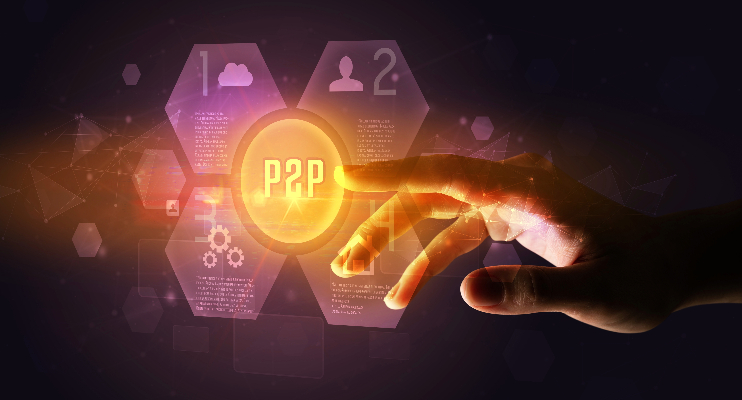
P2P done right
In conclusion, when it comes to AP automation software there is an abundance of choices. However, it's absolutely critical that you identify a solution that works for your organization's needs, both current and future.
Yooz offers a powerful cloud-based Purchase-to-Pay (P2P) automation solution, leveraging Artificial Intelligence (AI) and RPA technologies to deliver automation with simplicity, traceability, and customisation.
With seamless integration with over 250 financial systems, exceeding any other solution on the market. This means that your investment - and the benefits - will quickly start working for you.
So why wait? Reach out today.


